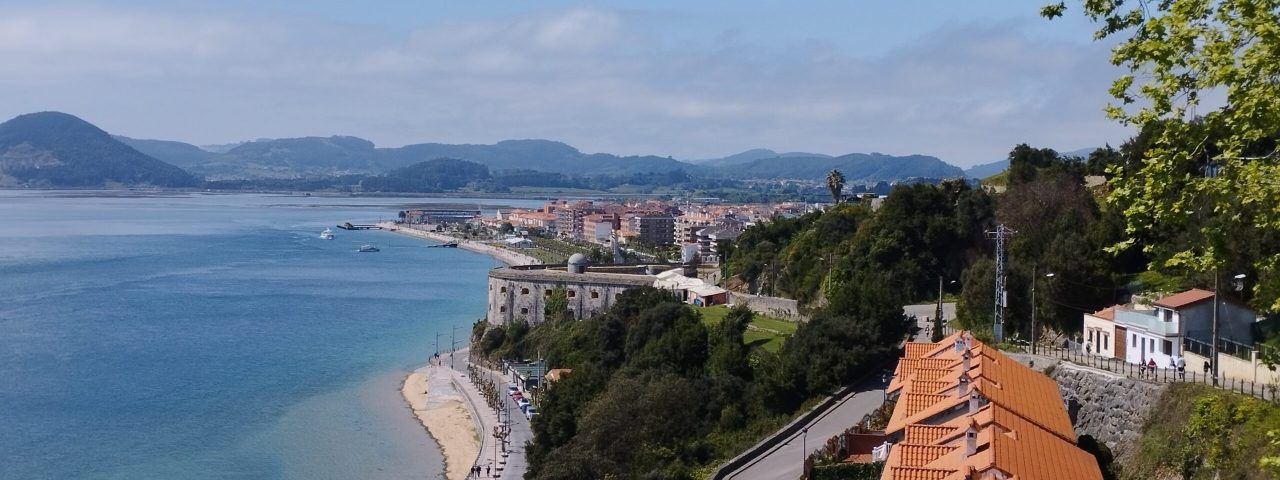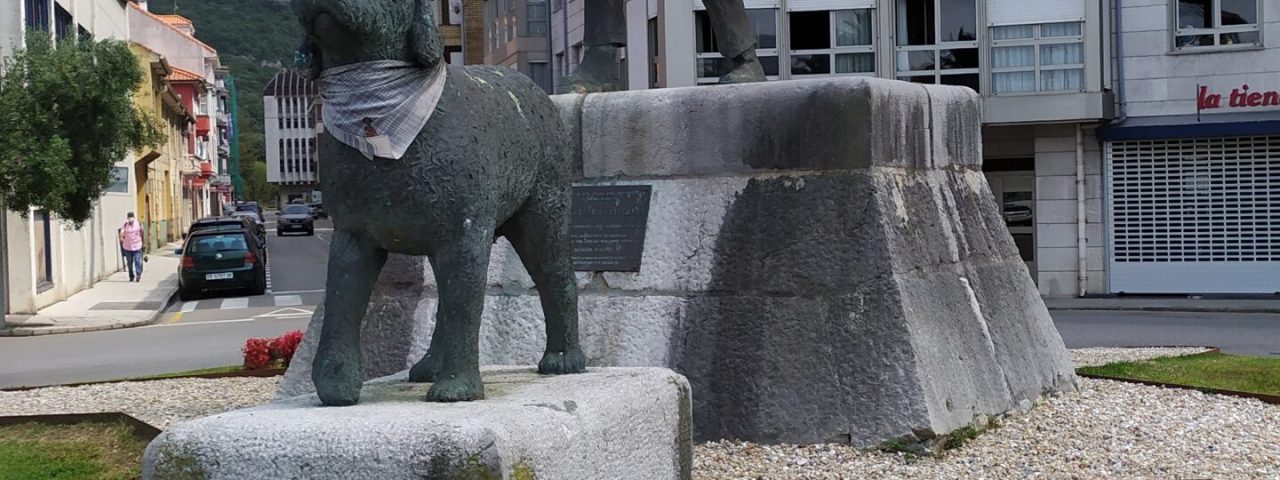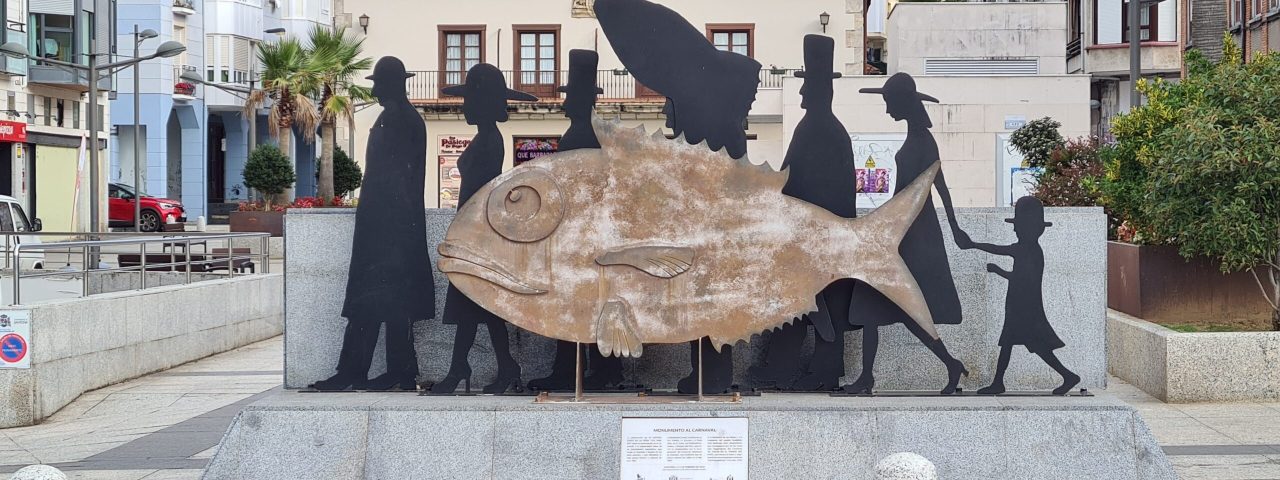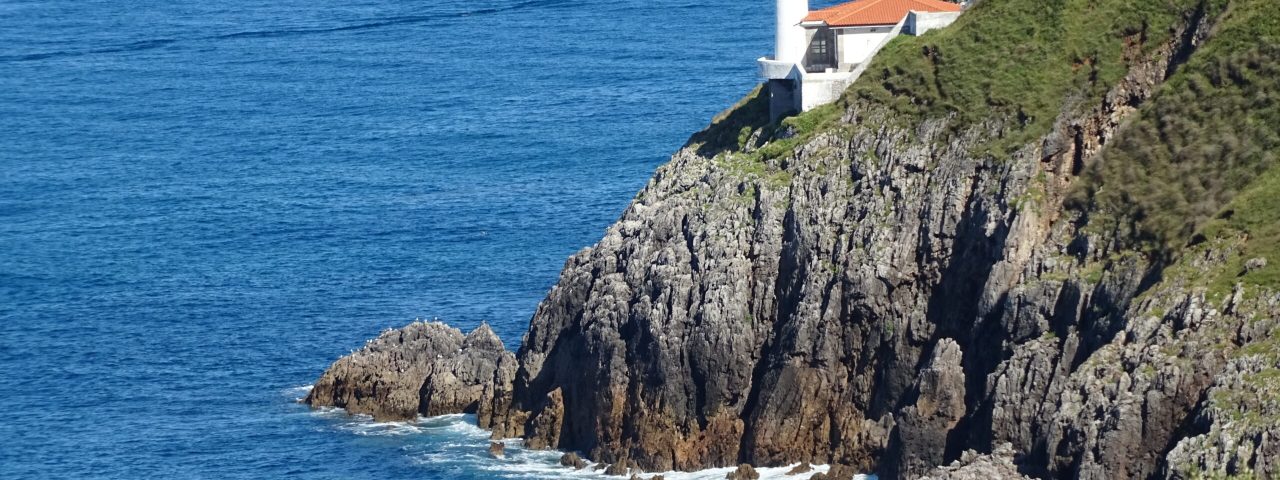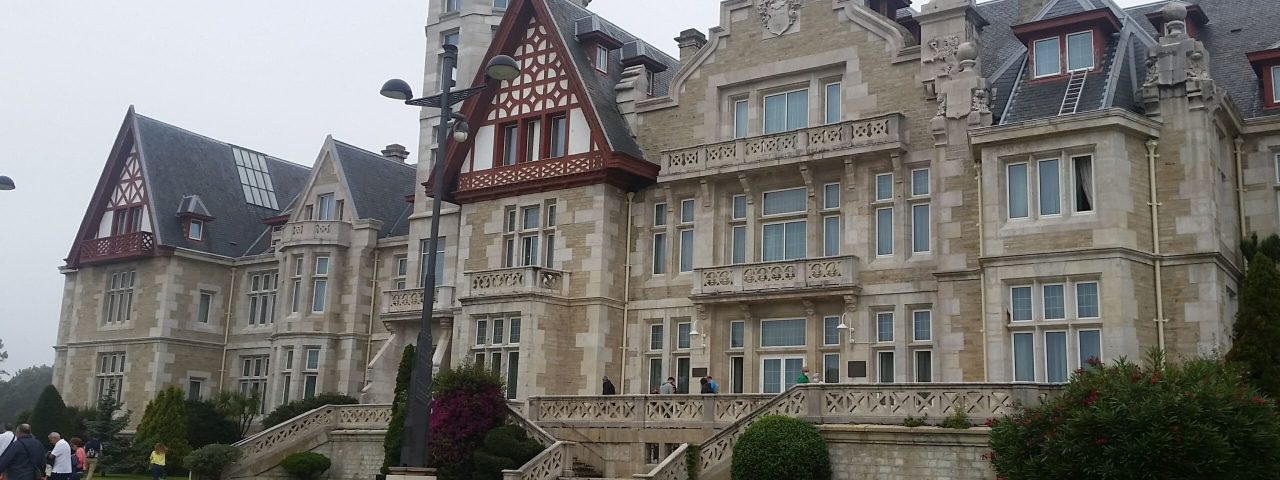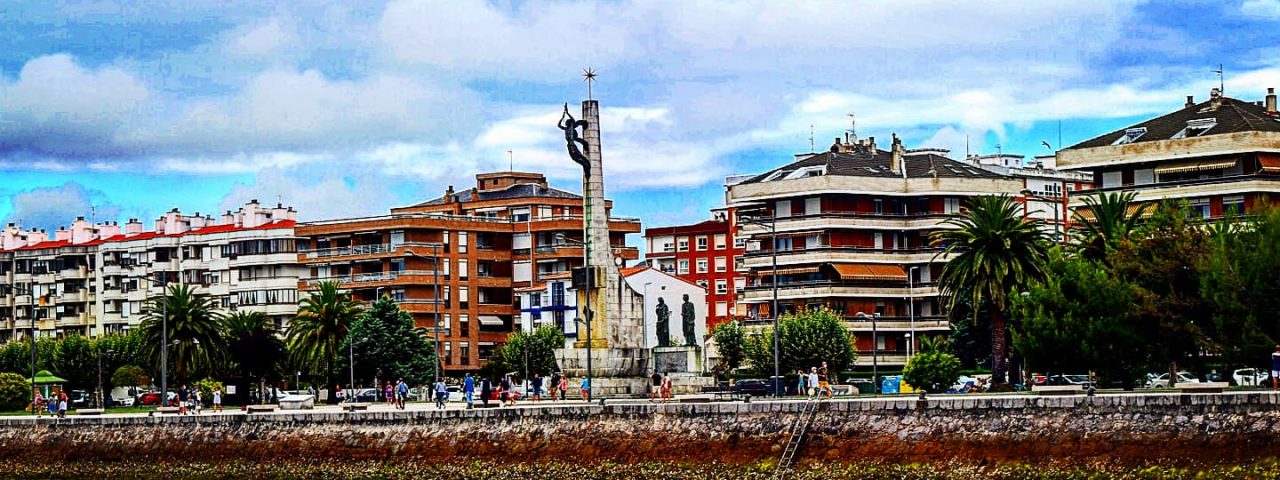Santoña has a rich history that dates back to Roman times, when it was known as Portus Victoriae Iuliobrigensium. Its strategic coastal location made it an important military and commercial hub throughout the centuries. During the Middle Ages, Santoña’s significance grew, particularly as a naval base, and its port became vital for the defense of northern Spain. This maritime tradition remains a key aspect of Santoña’s identity today.
One of the most culturally significant traditions in Santoña is its long-standing fishing industry, particularly its production of anchovies. The town celebrates this heritage with festivals such as the Anchovy Festival, which attracts food enthusiasts from across the country. Santoña also boasts a lively carnival each February, a celebration filled with parades, costumes, and traditional music, offering visitors an authentic taste of Cantabrian festivity.
The town’s culture is deeply rooted in its connection to the sea, with many local customs tied to maritime activities. Santoña’s history as a fishing village, combined with its religious traditions, including the annual pilgrimages to the Nuestra Señora del Puerto Sanctuary, gives it a distinct cultural flavor that blends the old with the new.
